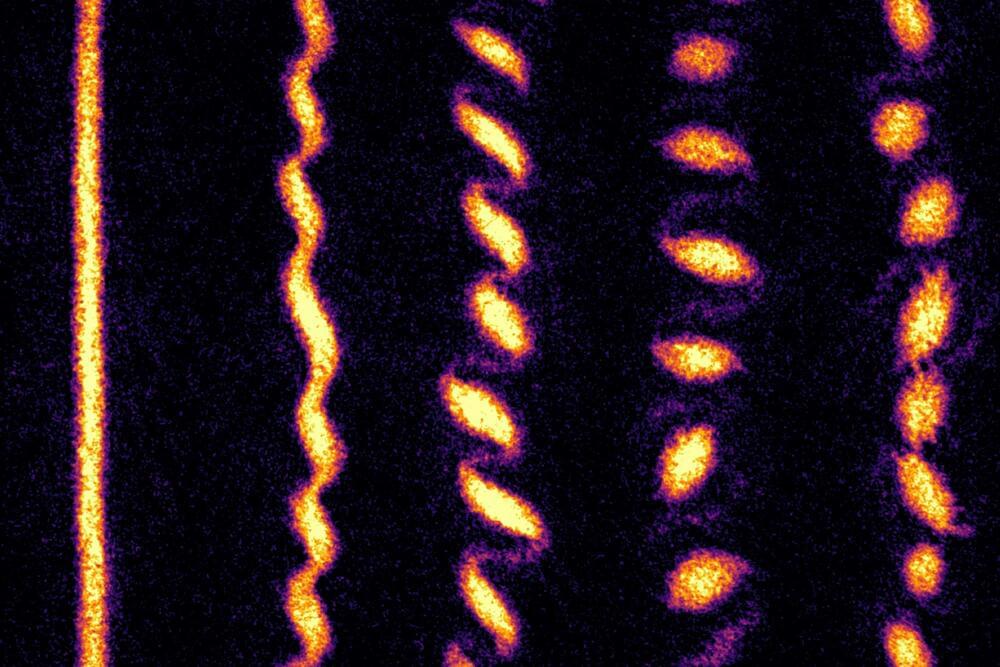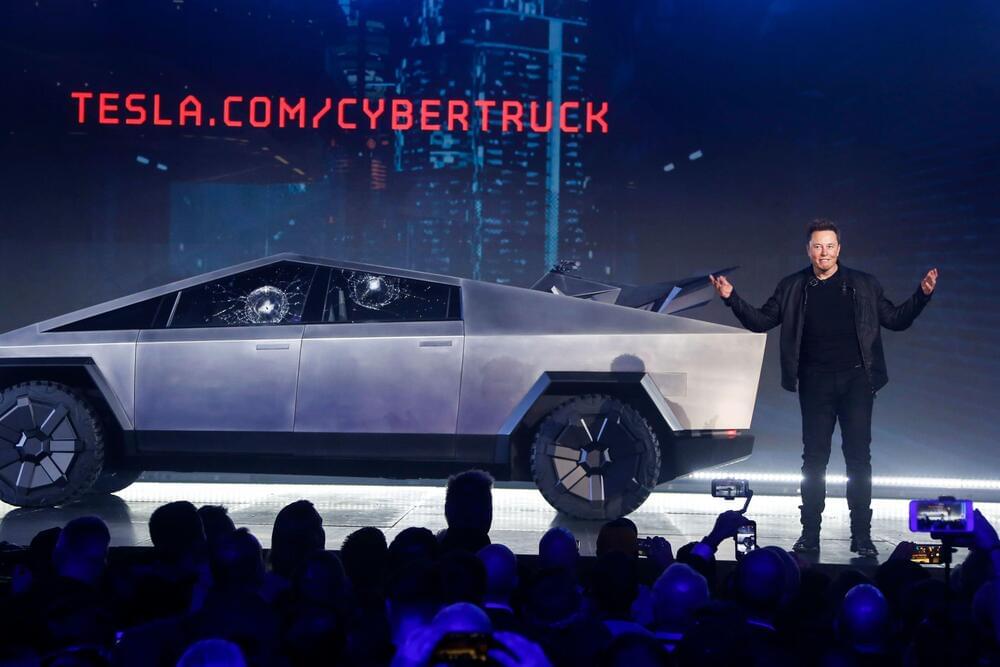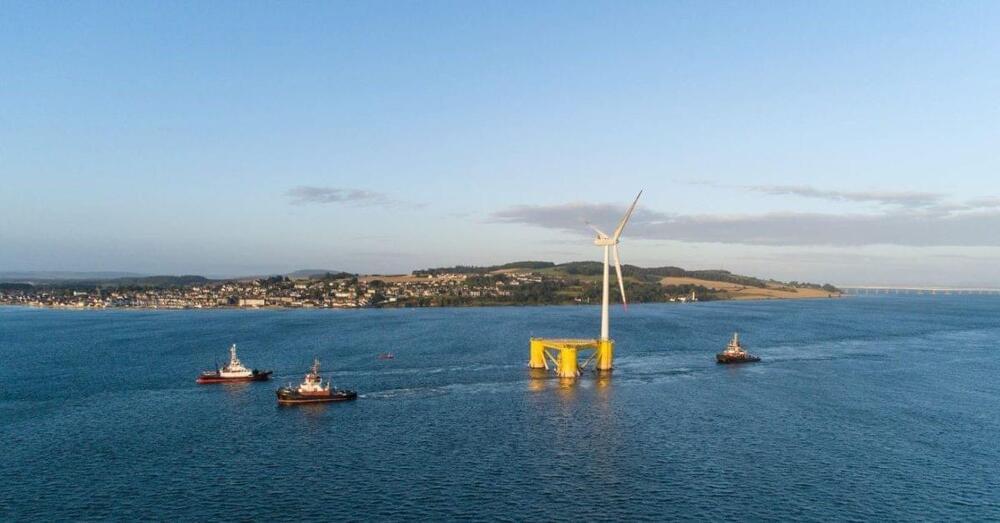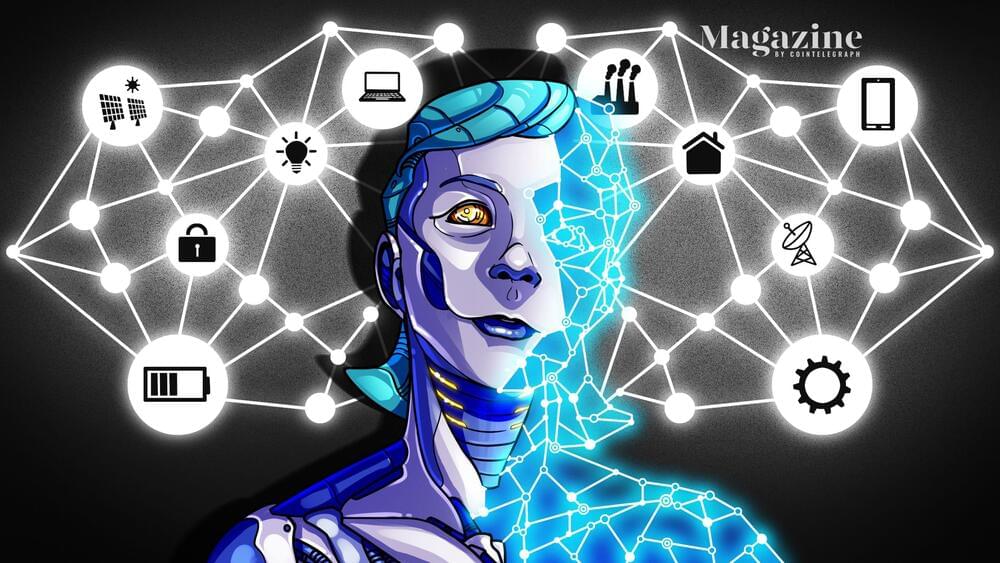The universe is governed by two sets of seemingly incompatible laws of physics – there’s the classical physics we’re used to on our scale, and the spooky world of quantum physics on the atomic scale. MIT physicists have now observed the moment atoms switch from one to the other, as they form intriguing “quantum tornadoes.”
Things that seem impossible to our everyday understanding of the world are perfectly possible in quantum physics. Particles can essentially exist in multiple places at once, for instance, or tunnel through barriers, or share information across vast distances instantly.
These and other odd phenomena can arise as particles interact with each other, but frustratingly the overarching world of classical physics can interfere and make it hard to study these fragile interactions. One way to amplify quantum effects is to cool atoms right down to a fraction above absolute zero, creating a state of matter called a Bose-Einstein condensate (BEC) that can exhibit quantum properties on a larger, visible scale.









